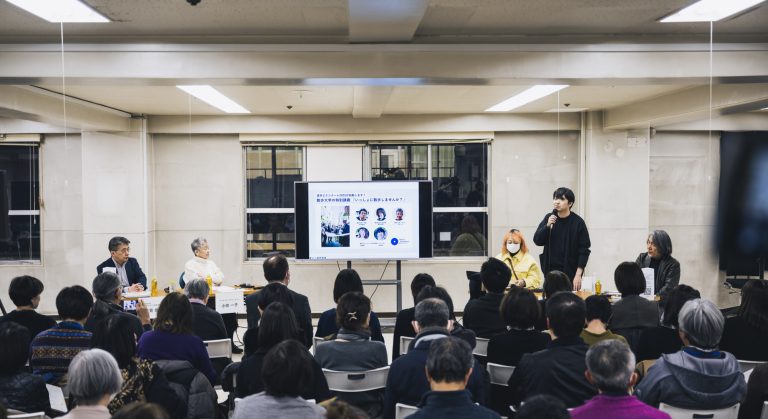
Sanpo University (Wandering University)

During the Tokyo Biennale festival period, a variety of exhibitions and events will be held in various locations across Tokyo. One of these initiatives is TB Art Projects, in which multiple artists participate under specific themes.

Sanpo University (Wandering University)
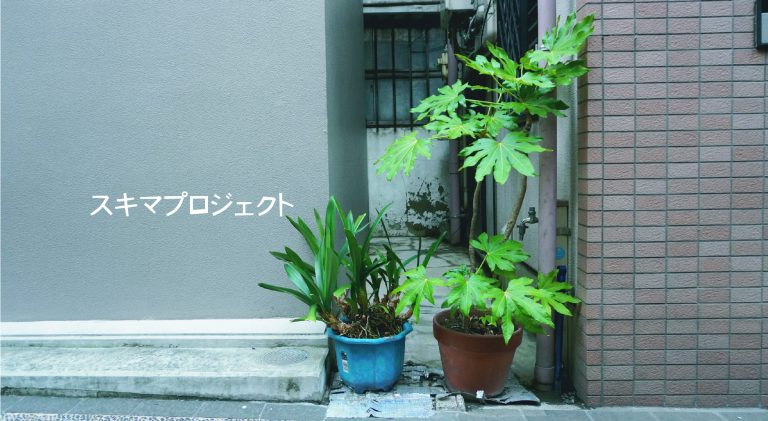
Sukima Project / Nihonbashi-Muromachi, Honcho
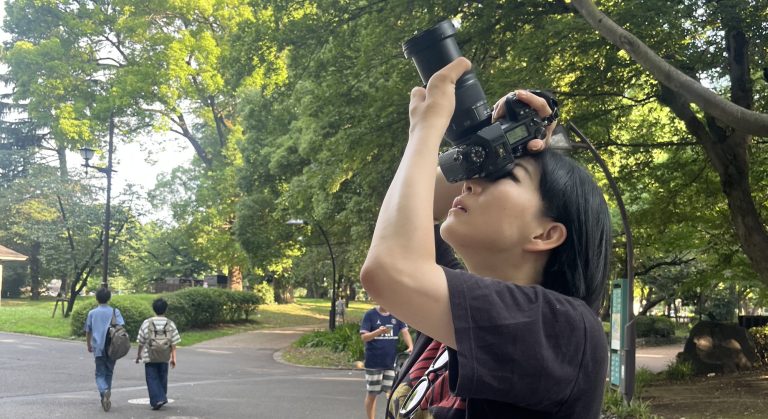
Photography Project “Tokyo Perspective”
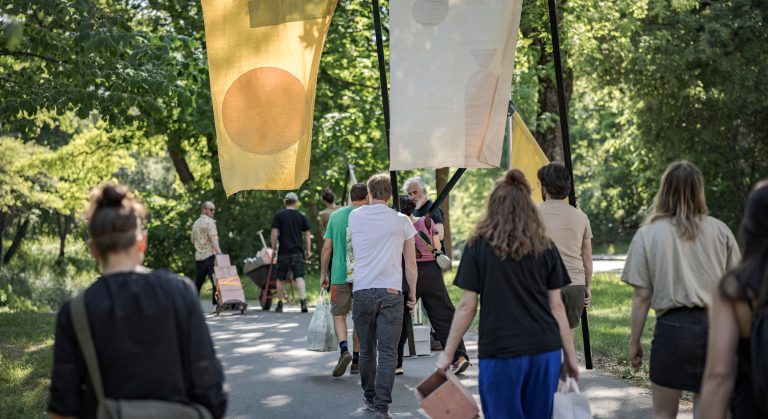
“SOCIAL DIVE” Open Call for Overseas Artists
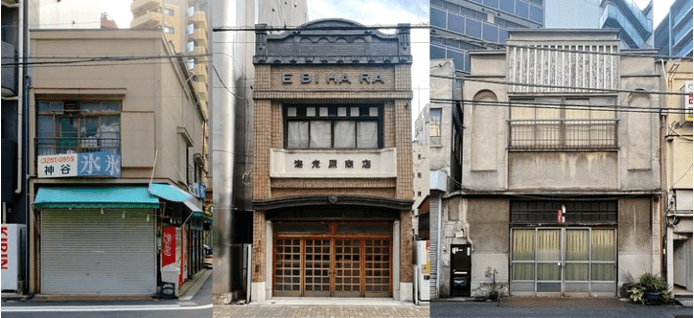
Billboard Architecture Project
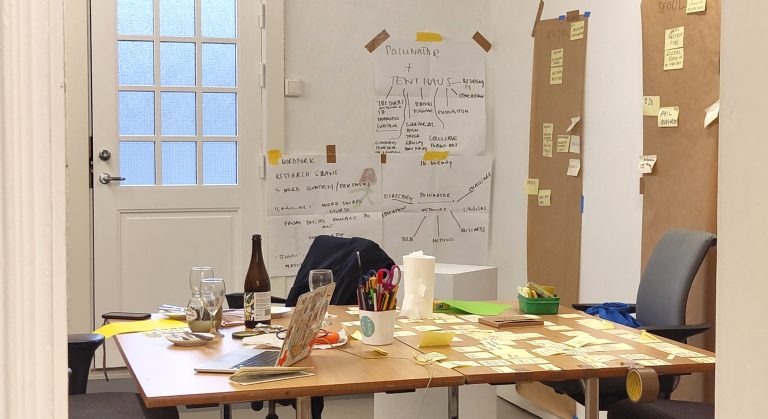
International Collaboration Project
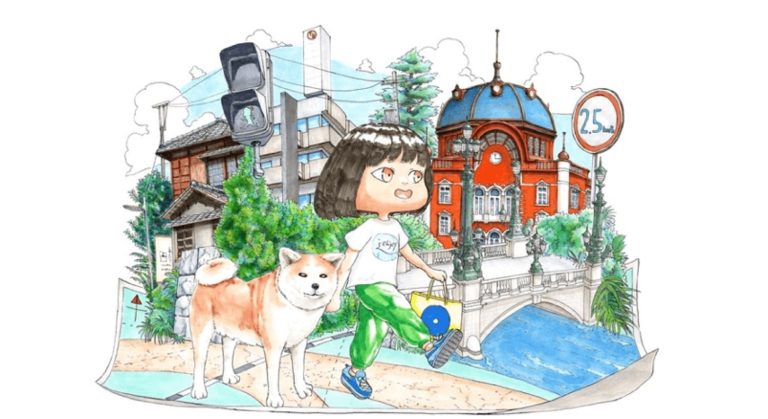
Wandering Art Map
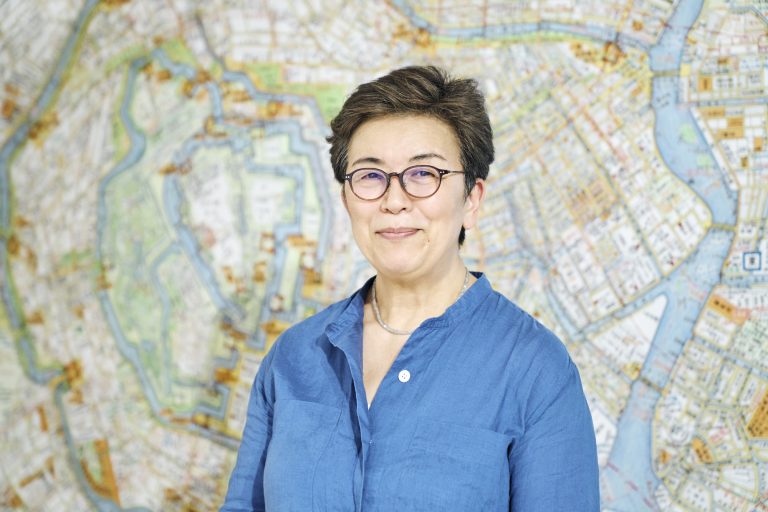
Modernology Map